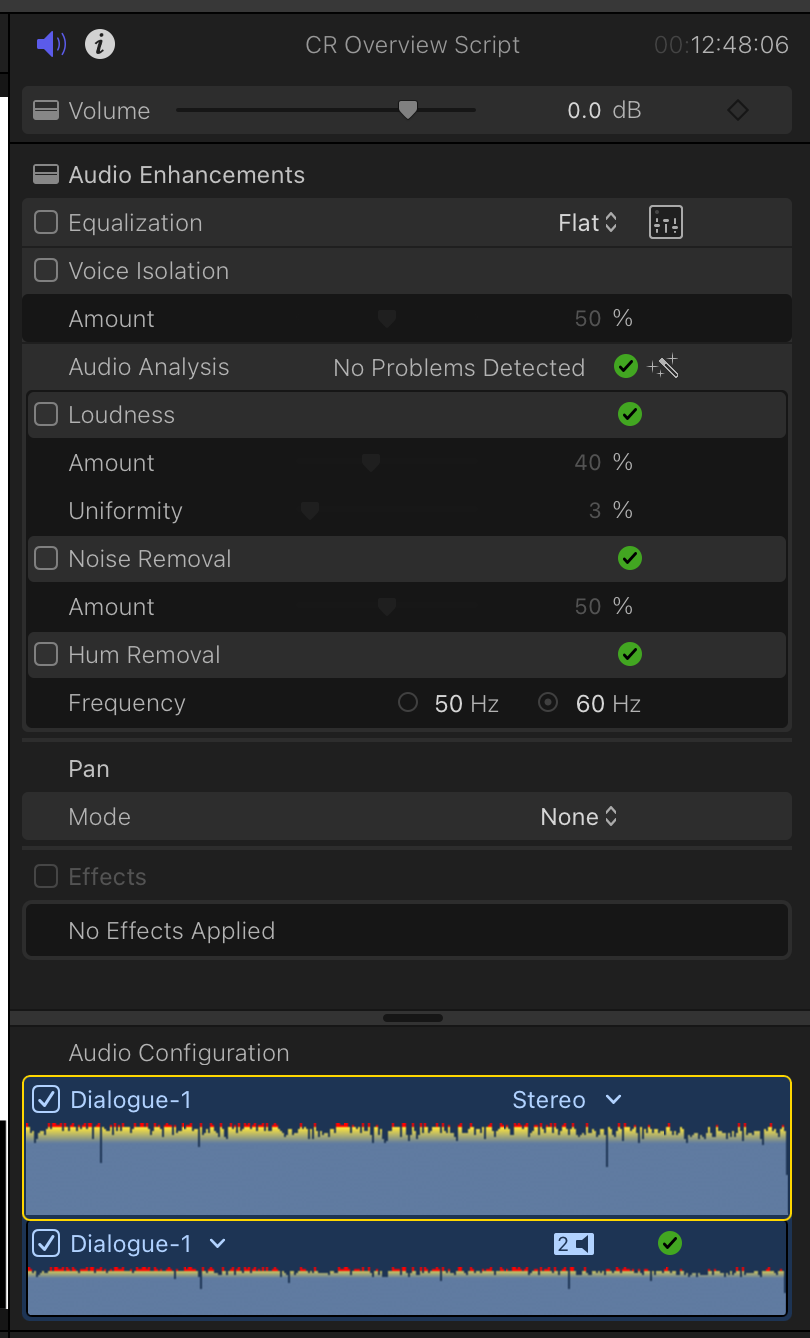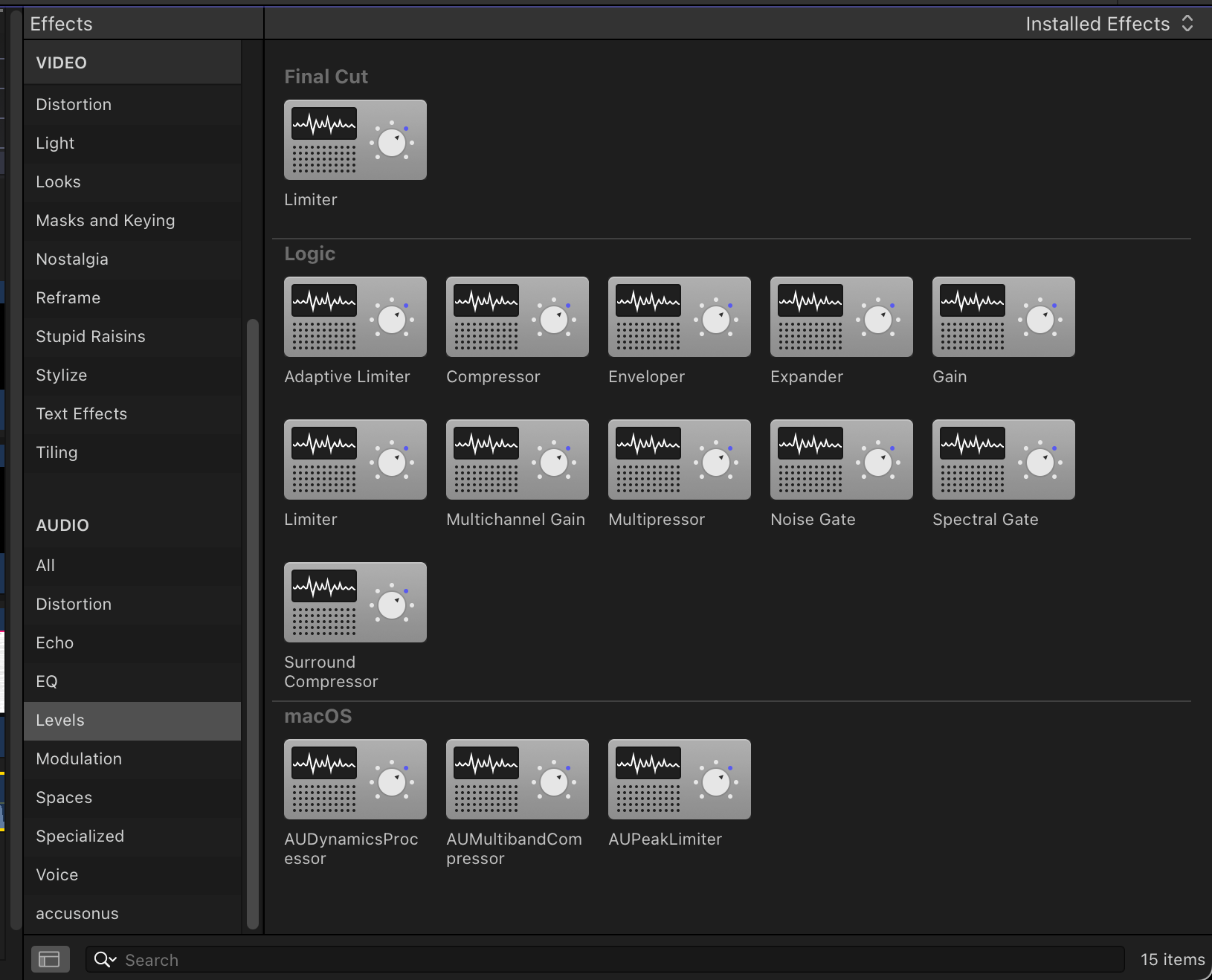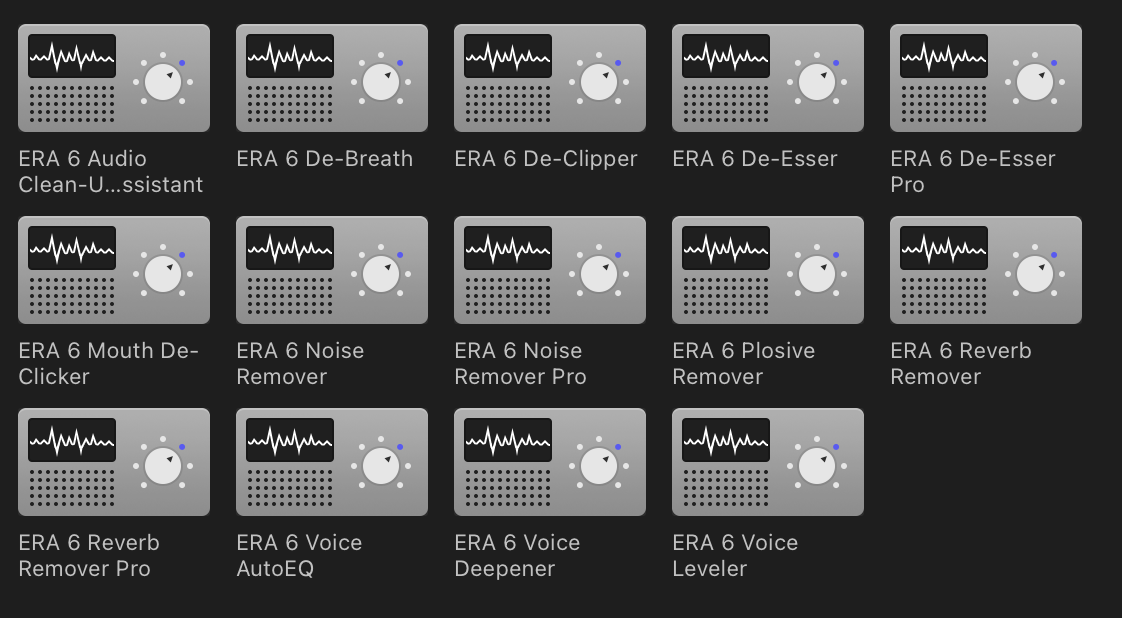I’ve been running into some problems with doing tutoring work. I have been doing some work; I did a number of short explanations over the last few days, and some personal writing, but I’ve been feeling avoidant and guilty about not doing more, and it hasn’t all been fun. It has felt like a chore. I’ve been letting myself be distracted by some of my other interests. I’m not sure what the problems are.
One thing I’m struggling with being self-directed. I can do work more easily when I have a clear idea of what to do, like when I’m given a more explicit assignment. But when I’m to look through the forum for things to try to analyse, I feel discouraged. I think I want assignments to be more handed to me or curated for me. And I feel conflicted about that because becoming a better self-directed learner is one of the goals I had for tutoring.
Figuring out myself what to practise, and having that be some undetermined amount of time before I can get to work feels bad. I worry about my energy being spent on just thinking of what to do.
I have been thinking about whether I am getting the most value I can out of my tutoring time with you. Recently I’ve been feeling like I am letting myself down, and have been considering whether it’d be wiser to take a break or not. I think I want to proceed for now, even though I’m having some problems. I just wanted to communicate about that.
I don’t have all my thoughts together. I just wanted to share something.
Here is some work from the last few days
Topic: How a speaker works
Audience: A smart kid
Sound is vibrations in air. When we hear something making a sound, like when you tap your foot on the floor, you can hear the tapping because the tapping is causing the air to vibrate. A speaker works by vibrating the air. The speaker cone moves back and forth quickly, moving the air in front of it.
Topic: how to change the oil in your car
Audience: A young driver
Idea tree:
- How to change the oil in your car
- why to change the oil in your car
- what does oil do in the car?
- where is the oil kept?
- how do i get the old oil out, and the new oil in?
- what tools do I need?
- how do I prepare the car to have its oil changed?
- what safety precautions should I take?
- how much oil should I put in?
- how to find out your cars oil capacity
- what oil should I get?
- how to find out which oil is right for your car
Your car’s engine contains a significant amount of oil which is used to lubricate all of its internal moving parts. Over time, this oil become dirty, and needs to be changed. Changing the oil involves draining the oil from the engine, and then replacing it with fresh oil.
Tools you will need: a wrench set, a jack, some rags, a funnel, and a drain pan. You will also need enough of the correct oil for your car. You can find this out by searching the internet or checking the manual for your car. There you will find the oil capacity of your engine and the oil type that your engine needs.
The oil drains out of the bottom of the engine. There is a sump where the oil collects when the engine is off.
First, ensure the car is parked at a roughly level location and the car is NOT running. It’s very important that it isn’t running. Also, it’s a good idea to wait until the car hasn’t been driven for a few hours, so that the oil that comes out isn’t hot and so that you aren’t dealing with a hot engine.
Open the bonnet of the car.
Jack the front of the car up so that you can get the drain pan under the sump. You don’t want to jack it up too high or it’ll become unstable and dangerous. You don’t need to get your body under there and it would be dangerous to do so.
Remove the oil cap from from the top of the engine. (That’s the cap where you put oil in)
Then using your wrench, carefully unscrew the sump screw for the oil pan under the car, and try to remove the sump screw without getting oil on you. The oil should then drain into the pan. It might take 15-20mins for it to drain down to a tiny drip.
When it seems the oil has been drained enough, put the sump screw back in the pan, and screw it all the way back in so it fits snugly. Clean around it with a rag so that you can notice any leaks forming in the near future.
Carefully pour the new oil in to the engine. Don’t pour too quickly or it will overflow onto the engine. Pour the correct amount in for your engine. It’s important that you err on the side of less oil, because you can’t partially drain the oil if you overfill it.
Let the oil settle in the engine for a few minutes and then inspect the sump screw for leaks.
Remove the drain pan from under the car, then lower and remove the car jack.
Check the dipstick and see if there is the right amount of oil in car. Top up if you require a little more.
Replace the oil cap and the dipstick.
Start the car and let it run for a minute or so. Then turn off and look for leaks in the sump screw and also check the dipstick again.
If everything looks good you’re done. Dispose of the oil appropriately (you can often funnel the used oil into the now empty new-oil container to store before taking to the tip).
Topic: how to send a package at the post office
Audience: Young adult
Gather what it is you need to post. Make sure you have the address of the recipient before leaving the house.
When you get to the post office, find a bag/box that’s the right size for your item, and then write on the box the recipients address and details. Post office’s generally have that stuff there.
Then carefully pack the item in the back/box. If you’re selling something online, it can be a good idea to take some photos with your phone of the item in the box in the condition it left in. That can help with any future disputes.
Take it to the counter and pay for it. Ensure you get tracking so you can prove it arrived. Get a copy of the tracking number and update the recipient with it asap.
Topic: how to intonate a guitar
Guitars, like almost all instruments, are imperfect. They are all built a little differently, and they can shift and change with the weather and temperature. So they need to be calibrated to play as in tune as they can.
Tuning the guitar’s open strings is fairly easy. Using a digital tuner, you play the open string, and tune it to the pitch that it should be in standard tuning. But there is a further adjustment that needs to be made for it to play in tune across the fretboard.
A guitar works by fretting strings against a fretboard. This changes the length of the portion of the string allowed to resonate, thus changing the pitch and allowing you play different notes.
Each string is anchored at both ends. The strings on a guitar have roughly the same distance between their anchor points, but the exact length between the anchor points on each string can be adjusted. Because the frets in the fretboard are in fixed positions, the strings lengths need to be calibrated so that the musical intervals of the string align with those fixed positions, otherwise it will play out of tune across the fretboard. Since each string is a different thickness and is at a different tension, each string needs a slightly different distance between its anchor point.
You calibrate these points in a similar way to tuning the open string of the guitar. First, you tune the open string. Then you fret the string at the half way point (the 12th fret). This should give you the octave above the open string note. Using you tuner, if this fretted note reads higher or lower than the octave, the anchor points must be adjusted further apart (if too high) or closer together (if too low). Then retune the open string and check the 12th fret again. With a few tries, you should have the 12th fret tuned to a perfect octave of the open string. Then you can move on with the other 5 strings.
Once complete, you have intonated the guitar.
Topic: How a lightbulb works
Brainstorm:
How is the light produced?
a current is passed through a filament causing the filament to heat up enough that it glows
Why is it in a bulb?
the bulb is a vacuum
the filament would burn up in air because it would react with oxygen
Explanation:
Lightbulbs are used to produce light from electricity. They consist of two main parts, the filament, and the bulb.
When the light switch is turned on, an electrical current is passed through the filament of the lightbulb. This causes the filament to heat up so much that it glows brightly.
The filament is suspended in a vacuum inside the bulb. This is important because were the filament exposed to air, it would quickly burn up, and you’d have no more light. Inside the vacuum of the bulb however, the filament can glow for much much longer.




